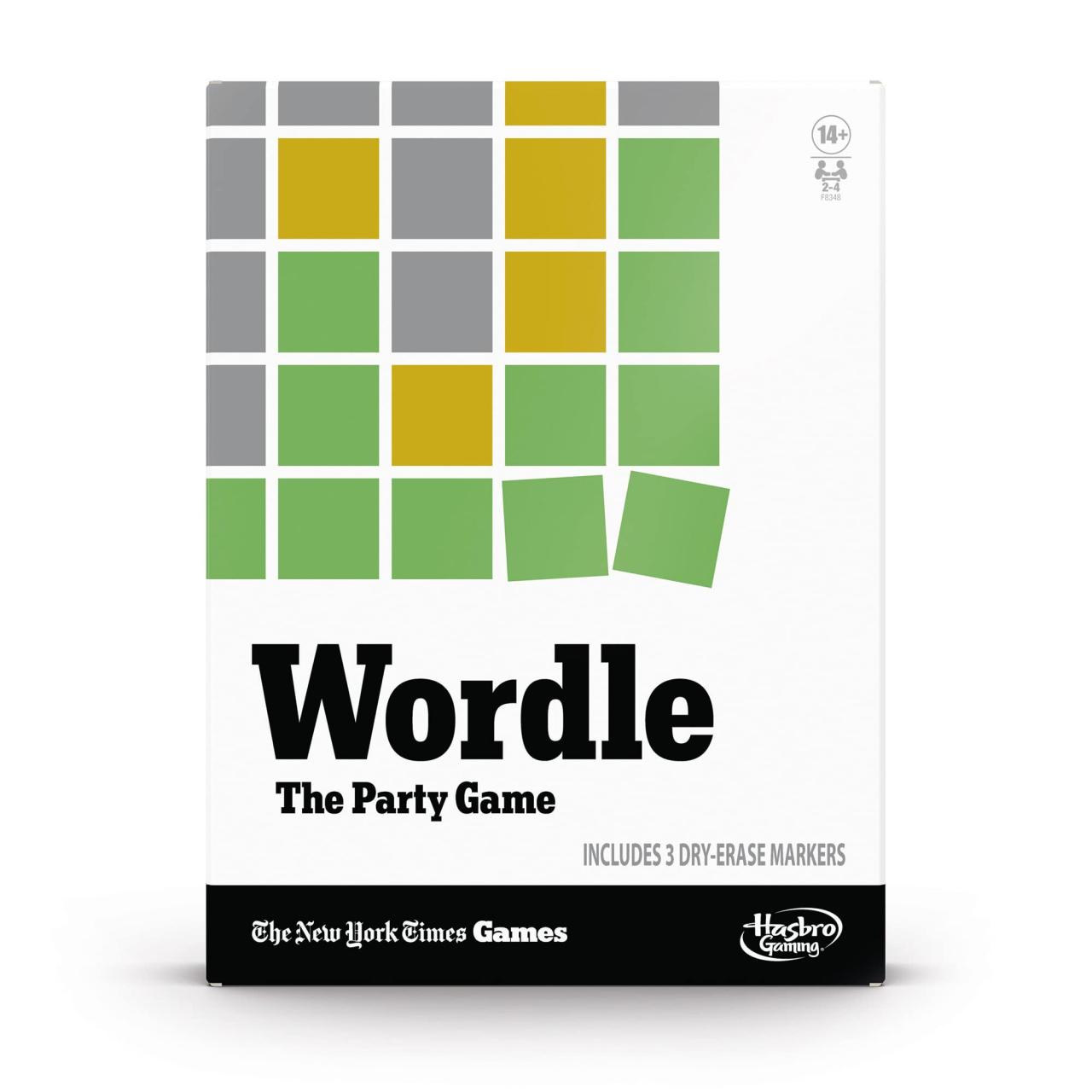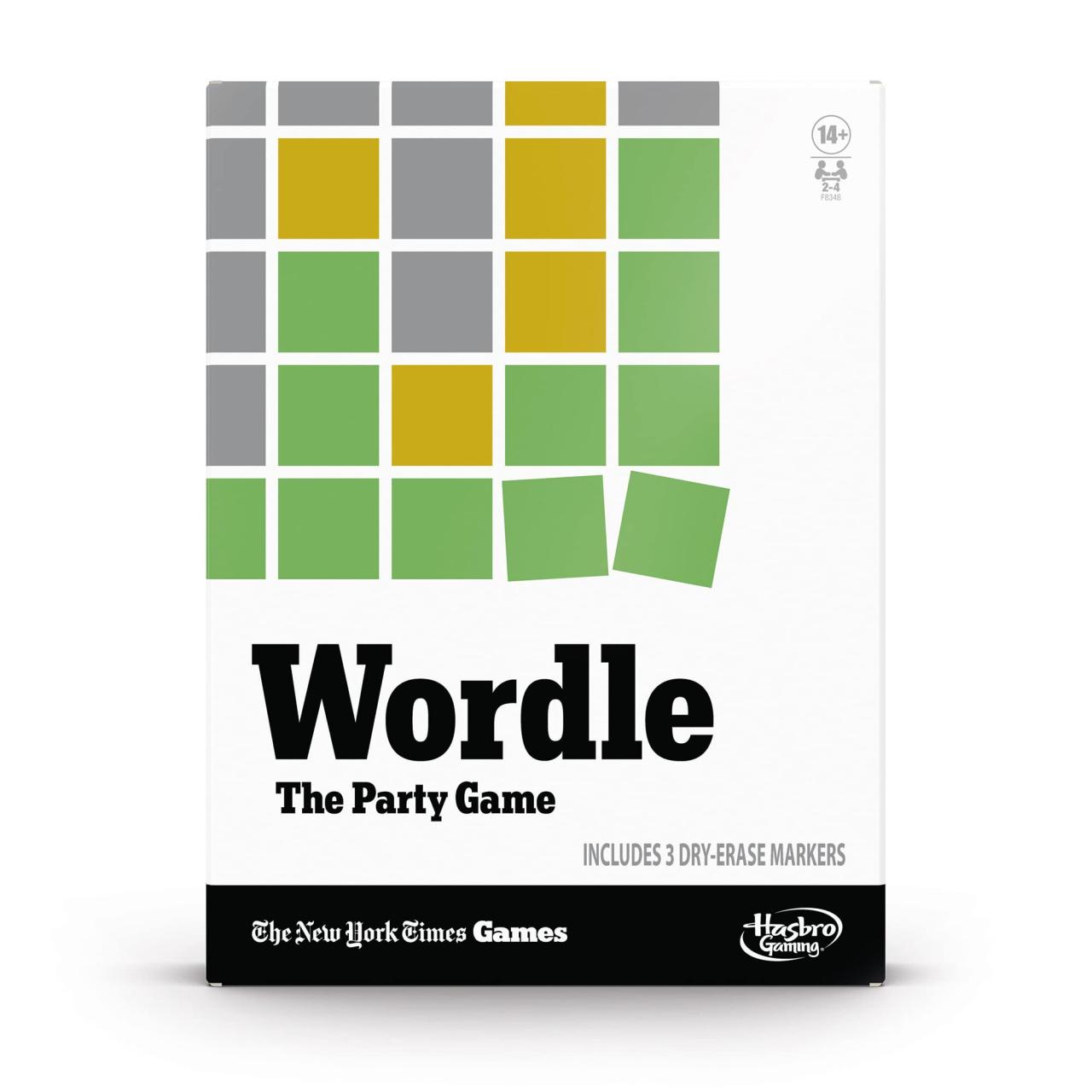nyt wordle, the daily word game that has taken the world by storm, is more than just a puzzle; it’s a cultural phenomenon that has captivated millions. From its simple yet addictive gameplay to its social media presence and impact on language, nyt wordle has become an integral part of our daily lives.
With its accessible format and universal appeal, nyt wordle has transcended age, language, and cultural barriers. Its popularity is evident in the countless variations and adaptations that have emerged, each catering to a different audience and expanding the game’s reach.
Word of the Day and its Popularity

Wordle is an online word game where players attempt to guess a five-letter word in six tries. The game was created by Josh Wardle and released in October 2021. Wordle quickly gained popularity, with millions of people playing it daily.
One of the reasons for Wordle’s popularity is its simplicity. The game is easy to learn and play, and it can be completed in a few minutes. Wordle is also a social game, as players can share their results on social media and compare their scores with friends.
Popularity Statistics
- As of February 2022, Wordle has over 300,000 daily players.
- The game has been played over 1 billion times.
- Wordle has been featured in major publications such as The New York Times, The Guardian, and The Washington Post.
Variations and Adaptations of Wordle
The popularity of Wordle has spawned a range of variations and adaptations that cater to different audiences and expand the appeal of the game.
Themed Puzzles
Themed puzzles offer a unique twist on the classic Wordle format by focusing on specific topics or categories. For example, “Movie Wordle” challenges players to guess movie titles, while “Geography Wordle” tests their knowledge of countries and cities.
Puzzles in Different Languages, Nyt wordle
Wordle has been translated into over 100 languages, allowing players from all over the world to enjoy the game in their native tongue. This inclusivity has significantly broadened the appeal of Wordle and made it accessible to a wider audience.
Adaptations
In addition to themed puzzles and language variations, Wordle has also inspired numerous adaptations that incorporate similar gameplay elements.
- Apps:Several apps have been developed that offer Wordle-like gameplay with different themes, difficulty levels, and social features.
- Online Games:Websites and online platforms have created Wordle-inspired games that challenge players to guess words based on various criteria, such as word length or letter frequency.
- Educational Tools:Wordle has been adapted for educational purposes, with educators using it to teach vocabulary, spelling, and problem-solving skills.
These variations and adaptations have played a significant role in expanding the reach and appeal of Wordle, making it a truly global phenomenon that appeals to a diverse audience.
Wordle as a Cultural Phenomenon
Wordle has quickly become a cultural phenomenon, with references to the game appearing in popular media and everyday conversations. The game’s simplicity and accessibility have made it a hit with people of all ages and backgrounds, and its social aspect has further contributed to its popularity.
Social Aspect
One of the key factors that has contributed to Wordle’s popularity is its social aspect. Players can share their results with friends and family, and there is a thriving online community where players discuss strategies and share tips. This social aspect has helped to create a sense of community around the game, and it has also helped to spread the word about Wordle to new players.
Impact on Language and Vocabulary
Wordle has also had a significant impact on language and vocabulary. The game has introduced new words to many people, and it has also helped to popularize certain phrases and expressions. For example, the phrase “Wordle of the Day” has become a common way to refer to the daily puzzle, and the term “Wordle addict” is often used to describe people who are hooked on the game.
Outcome Summary: Nyt Wordle
nyt wordle has not only become a beloved pastime but also a catalyst for social interaction and linguistic exploration. Its influence on popular culture is undeniable, with references and discussions permeating media and everyday conversations. As the game continues to evolve and captivate, it’s clear that nyt wordle is not just a passing trend but a cultural phenomenon that will continue to shape our digital and linguistic landscapes.
General Inquiries
What is nyt wordle?
nyt wordle is a daily word game where players have six chances to guess a five-letter word. The game provides feedback after each guess, indicating which letters are correct and in the right position, which are correct but in the wrong position, and which are incorrect.
Why is nyt wordle so popular?
nyt wordle’s popularity stems from its simplicity, accessibility, and social media presence. The game’s daily format and shareable results have created a sense of community among players, who often discuss strategies and share their experiences online.
How has nyt wordle impacted language?
nyt wordle has introduced new words and phrases into popular culture. Players have been exposed to uncommon words and have become more aware of the nuances of language. The game has also sparked discussions about linguistics and vocabulary, fostering a greater appreciation for the English language.

